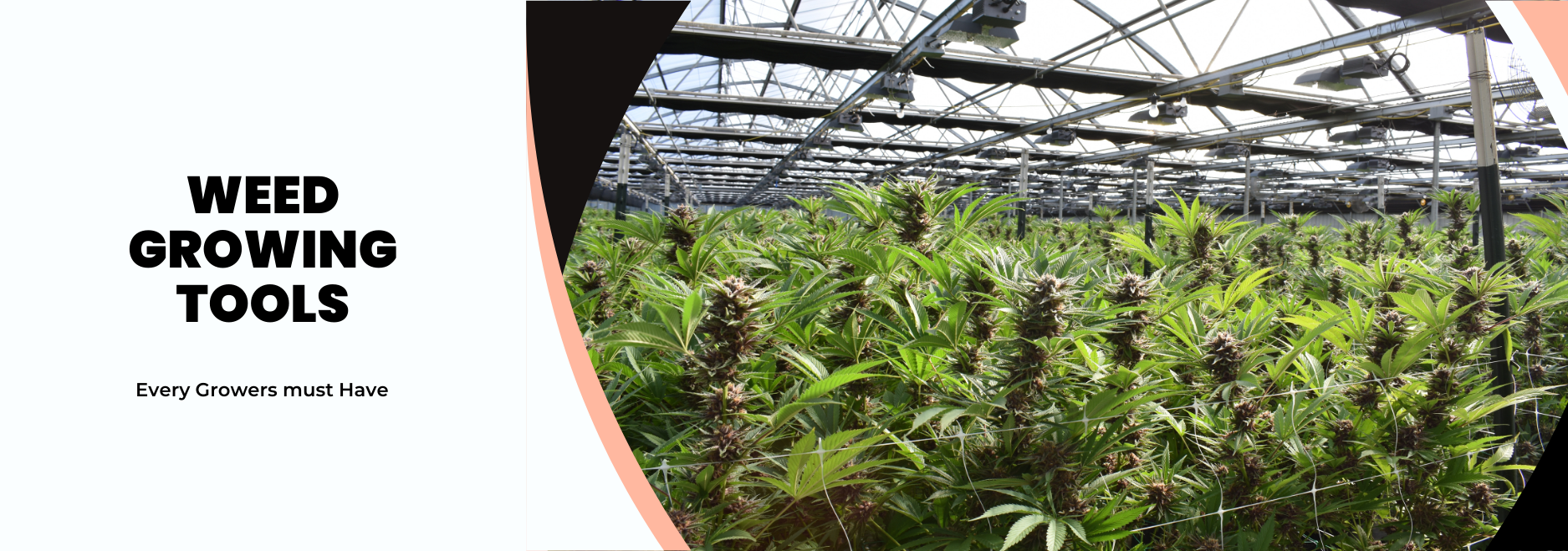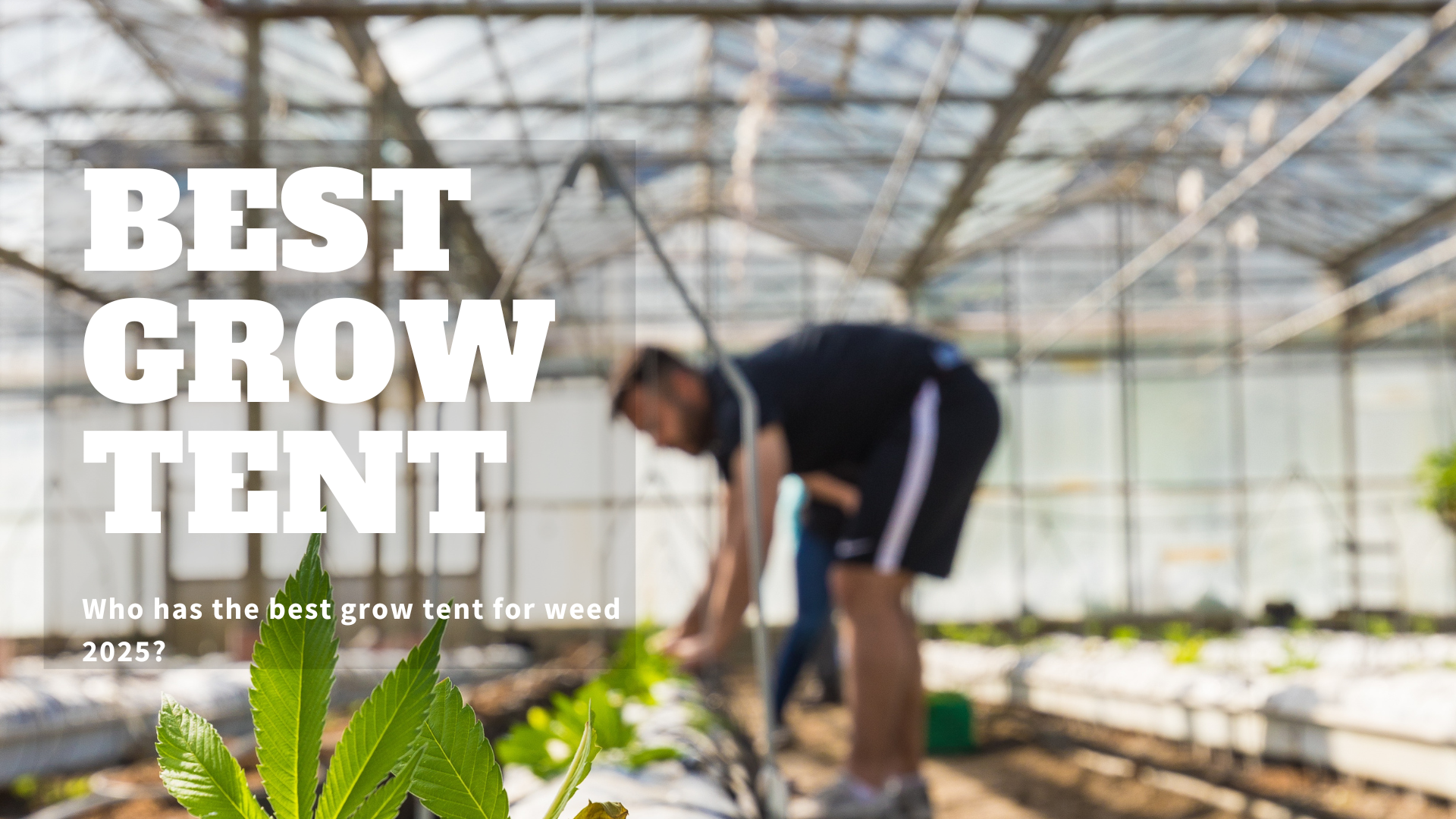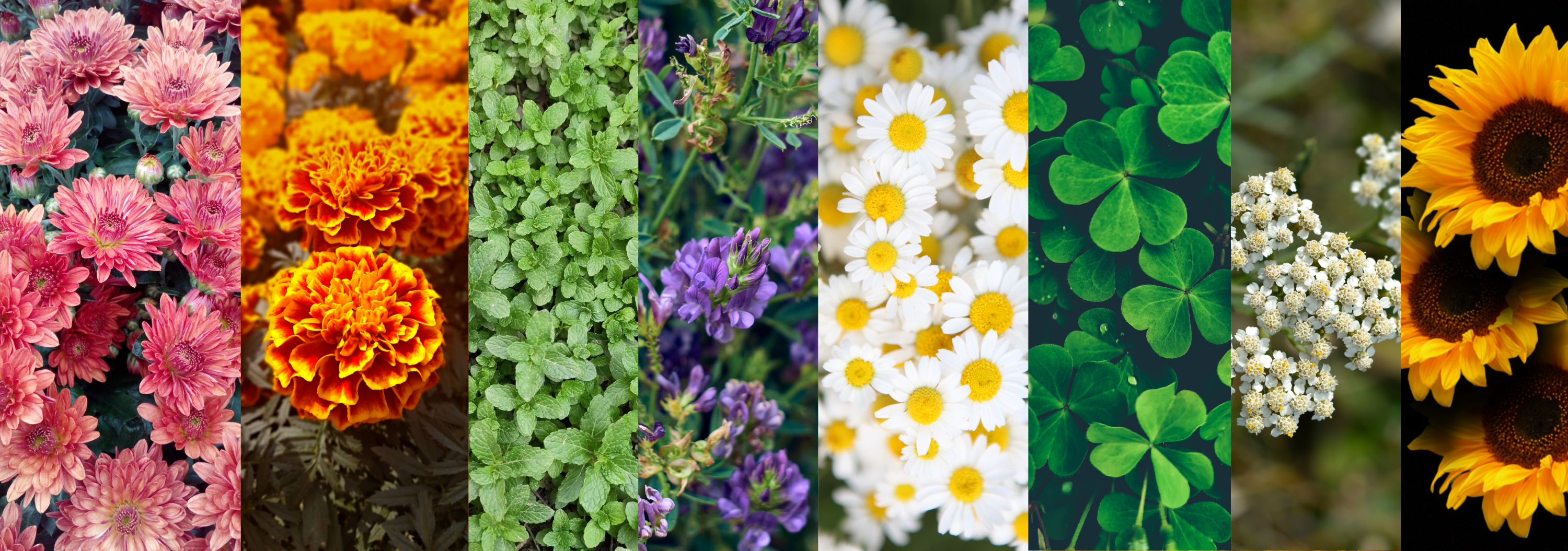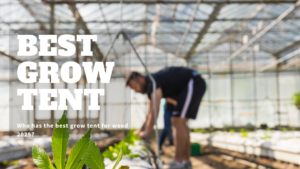Mainlining weed plants is a crucial aspect of tackling the challenges that growers face with uneven cannabis growth, a common but perplexing issue that can significantly impact yield and quality.
Uneven growth, characterized by one side of the plant developing more robustly than the other, leaves or buds growing primarily on one side of the main stem, or an asymmetrical canopy, can be attributed to a myriad of factors such as light exposure, nutrient availability, water distribution, and genetic tendencies.
Not only does this imbalance affect the aesthetic appeal of the plants, but it also leads to inconsistent bud development. It can interfere with the efficiency of light utilization, ultimately affecting the overall health and productivity of the cannabis garden.
Uneven growth in cannabis plants can be a frustrating issue for indoor gardeners. But fear not! In this guide, we’ll explore the causes of uneven growth and offer practical solutions to help you balance your cannabis garden for a lush, consistent canopy.
Get ready to tackle this common challenge head-on and cultivate a harmonious indoor garden!
What is Mainlining?
Mainlining weed plants, also known as “manifolding,” is a training technique used in cannabis cultivation to create a symmetrical plant structure that promotes even growth and maximizes yield.
Step-By-Step Overview of the Process:
- Seedling Stage: Start with a young cannabis plant, usually around the 4th or 5th node (set of leaves).
- Topping: Cut off the main stem above the 3rd node. This encourages the plant to grow two main colas instead of one.
- Removing Lower Growth: Remove any lower growth or side branches below the 3rd node. This focuses the plant’s energy on the main colas.
- Splitting: As the plant grows, top each of the two main colas again when they reach the 4th or 5th node, doubling the number of main colas.
- Training: Use ties or stakes to spread out the branches evenly, ensuring that all parts of the plant receive equal light exposure. This horizontal spreading helps to create a more uniform canopy.
- Repeat: Continue topping and training until you achieve the desired main colas. Commonly, growers aim for 8 to 16 main colas.
- Flowering: Once the plant has developed the desired structure, allow it to grow vertically and enter the flowering stage.
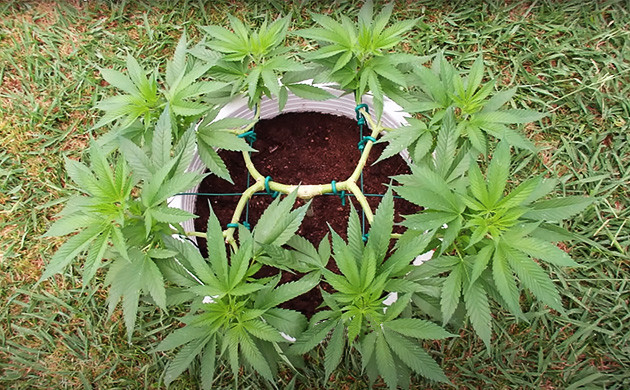
Benefits of Mainlining Weed Plants
- Increased Yields: The plant can produce more buds by creating multiple main colas than with a single main cola.
- Even Canopy: An even canopy ensures that all buds receive equal light and grow uniformly, reducing the risk of mold and other issues.
- Efficient Use of Space: Mainlining weed plants can be particularly beneficial in indoor grows where space is limited, as it maximizes light penetration and airflow.
Considerations
Time-Consuming: Mainlining weed plants requires more time and attention than other training methods, as it involves multiple rounds of topping and training.
Stress on Plants: Each topping and pruning step causes some stress, so monitoring the plant’s health and recovery is important.
Identifying the Causes of Uneven Growth
Common Environmental Factors
Environmental factors play a significant role in the uneven growth of cannabis plants. Light intensity and photoperiod are crucial during different growth stages.
Insufficient light on one side of the plant can lead to asymmetrical growth, where one side may become dominant, overshadowing the weaker side.
Additionally, improper light during the flowering stage can trigger uneven budding and development. Temperature and humidity also greatly influence plant health; deviations from the optimal range can stress the plant, leading to uneven growth.
Water availability is another critical environmental factor. Cannabis cultivation can significantly reduce water availability during dry seasons, affecting plant health and leading to uneven growth 11.
Moreover, the quality of water and its distribution can be impacted by factors like soil erosion and sedimentation caused by cultivation practices, further stressing the plant.
Genetic Factors
Genetic factors contribute to the uneven growth of cannabis plants. Genetic variability within a strain can lead to inconsistent trait expression, which might manifest as asymmetrical growth.
Maintaining genetic stability is crucial and involves strategies such as cloning from mother plants with desired traits, careful seed selection, and controlled breeding programs to ensure consistency across generations.
Nutrient Imbalances
Nutrient management is pivotal for the health and even growth of cannabis plants. Deficiencies or excesses of key nutrients such as nitrogen, phosphorus, and potassium can cause visible symptoms on the plant, affecting its overall growth pattern.
For instance, nitrogen deficiency typically manifests as chlorosis, starting from the leaf tips and moving inward, potentially leading to uneven growth across the plant 17.
Similarly, imbalances in micronutrients like iron and magnesium can lead to chlorosis and interveinal chlorosis, respectively, which can further contribute to the uneven growth of the plant.
Proper nutrient management involves regular soil testing and adjusting the nutrient supply based on the plant’s growth stage and observed symptoms. This helps prevent nutrient lockout and ensures that the plant has access to all necessary nutrients for balanced growth 16.
By addressing these environmental factors, genetic considerations, and nutrient imbalances, cultivators can significantly reduce the chances of uneven growth in cannabis plants, leading to a more uniform and productive crop.
Adjusting Light and Grow Environment
Optimizing Light Position and Intensity
Light is fundamental to cannabis cultivation, serving as the primary energy source through photosynthesis and influencing various growth aspects such as internodal spacing and resin production. To optimize light position and intensity, it is crucial to understand the light spectrum’s role.
During the vegetative stage, a higher proportion of blue spectrum light (400-500nm) promotes healthy leaf development and compact growth. As the plant transitions to the flowering stage, the spectrum should adjust to include more red light (600-700nm), essential for triggering flowering and enhancing bud development.
Adjusting the light setup involves using tools like lux or quantum PAR meters to ensure appropriate light intensity for each growth stage. For vegetative growth, a light cycle of 18-24 hours per day is recommended, while the flowering stage requires a reduction to a 12-hour cycle to initiate the flowering response.
Regular monitoring and adjustments are necessary to maintain optimal light conditions, ensuring the plants receive the right amount of light without experiencing stress.Maximizing light coverage is also vital, especially during the flowering stage. Positioning grow lights directly above the canopy and rotating plants regularly helps prevent hotspots and promotes uniform bud development.
The ideal height for grow lights during flowering is 16-24 inches from the plant tops, depending on the light intensity and strain. Reflective materials like Mylar or white paint can enhance light efficiency by reflecting stray photons to the plants.
Managing Temperature and Humidity
Temperature and humidity in the grow environment significantly affect cannabis growth and health. The ideal temperature range for cannabis is typically between 65-80°F (18-26°C), with relative humidity levels recommended at 40-70% depending on the growth stage.
Managing these factors effectively requires proper ventilation, air conditioning, and humidity control systems.
High temperatures can accelerate plant processes like photosynthesis but may also increase transpiration rates, affecting humidity levels. Conversely, low temperatures can slow down these processes, hindering growth and potentially leading to plant stress.
Maintaining a stable temperature and humidity level is crucial to mimic natural environmental conditions, which helps promote healthy plant development and prevent issues such as mold and pests.
Tools like dehumidifiers and humidifiers can help adjust the moisture levels in the air. Dehumidifiers are particularly useful in reducing excessive moisture, while humidifiers can add necessary humidity if the air becomes too dry.
Proper air circulation is also essential; oscillating fans can help distribute air evenly and prevent the formation of damp, stagnant areas around the plant canopy.
Maintaining an optimal vapor pressure deficit (VPD) is also important for facilitating effective transpiration and nutrient uptake. The ideal VPD ranges from 0.8-1.1 kPa during the growth stage and 1.0-1.5 kPa during the flowering stages.
Monitoring and adjusting the grow room’s climate to achieve these VPD values can significantly enhance the plant’s overall health and productivity.
By carefully managing light, temperature, and humidity, growers can create an ideal environment that supports robust cannabis growth and maximizes yield potential. Regular assessments and adjustments ensure that the grow environment remains conducive to the plant’s needs throughout its lifecycle.
Nutrient Management and Soil Testing
Conducting Soil pH Tests
Testing the pH of the soil is crucial for ensuring that cannabis plants can absorb the necessary nutrients efficiently. Cannabis thrives in slightly acidic soil conditions, typically between a pH 6.0 and 7.0.
To determine the soil pH, growers can perform a simple soil slurry test. This involves mixing soil with neutral pH water and measuring the pH of the resultant mixture.
If the pH falls outside the optimal range, adjustments can be made using additives such as dolomite lime to raise it or sulfur to lower it, ensuring the soil remains within the ideal range for nutrient uptake.
Adjusting Nutrient Levels
Adjusting nutrient levels appropriately is essential for healthy cannabis growth. The primary nutrients required include nitrogen, phosphorus, and potassium, each serving different roles during the plant’s lifecycle.
For instance, a higher nitrogen concentration is beneficial during the vegetative stage, while the flowering stage demands more phosphorus and potassium.
If the electrical conductivity (EC) tests show an excess or nutrient deficiency, growers must adjust their feeding strategies accordingly. Excessive nutrients can lead to toxicity, manifesting as leaf burn, while deficiencies might cause stunted growth and poor bud development.
Using Soil Amendments
Incorporating organic soil amendments is a beneficial strategy to enhance soil fertility and structure. Amendments like compost, worm castings, and bat guano enrich the soil with essential nutrients and improve its physical properties.
Compost and worm castings, for instance, supply a wide array of macro and micronutrients and enhance soil aeration and water retention, which are vital for healthy root development.
For more targeted nutrient supplementation, amendments like bone meal and fish emulsion can provide high levels of phosphorus and nitrogen, which are crucial during the flowering stage.
By meticulously managing soil pH, adjusting nutrient levels based on plant growth stages, and using organic amendments to enhance soil quality, cannabis growers can optimize nutrient availability. This holistic approach ensures that plants access the necessary nutrients throughout their development, leading to robust growth and abundant yields.
Pruning and Training Techniques
Low-Stress Training (LST)
Low Stress Training (LST) is a gentle method of manipulating the growth of cannabis plants to create a more even canopy and increase light exposure to all parts of the plant. This technique involves bending and securing the plant branches to guide their growth horizontally rather than vertically, allowing for more sunlight penetration and potentially larger yields.
Using soft ties or gardening wire, growers can carefully shape their plants into desired forms without causing significant stress. This method is particularly effective for managing plant height and ensuring that lower branches receive adequate light, which is crucial for developing multiple colas.
Topping and Fimming
Topping and Fimming are high-stress training techniques that involve cutting the plant’s main stem or growth tips. Topping is used to remove the terminal bud of a plant to encourage the growth of two new main colas, thereby increasing the plant’s bushiness and potential bud sites. This technique is typically performed when the plant has developed 3-5 nodes.
Fimming, similar to topping, involves removing a significant portion of the top growth but aims to create four or more new growth tips from a single cut.
Both methods are intended to break the plant’s natural apical dominance and promote a more distributed growth pattern, leading to a fuller canopy and better light distribution.
Super Cropping
Super cropping is a more intense form of stress training that involves deliberately damaging the plant’s branches to encourage stronger and more resilient growth. This technique includes pinching and bending the branches to create small breaks in the inner fibers while keeping the external structure intact.
The strategic injury causes the plant to increase its resilience and enhances bud development by improving light exposure and supporting heavier bud loads.
Super cropping can be particularly effective when combined with other training techniques, such as LST or mainlining cannabis plants, to maximize the plant’s exposure to light and optimize space within the growing area.
Conclusion
Uneven growth in cannabis plants can be challenging, but with this comprehensive guide, you are well-equipped to tackle the problem head-on. By understanding the causes of uneven growth and implementing practical solutions like adjusting your grow lights, managing genetic variability, addressing nutrient imbalances, and controlling environmental factors, you can create a balanced and harmonious cannabis garden.
So, take control of your indoor garden and guide your cannabis plants toward even growth and lush, consistent canopies!
FAQs
What is the duration required for mainlining cannabis plants?
Mainlining weed requires a minimum of 6 to 8 weeks dedicated to the vegetative stage. This technique is particularly useful for learning the extent to which cannabis plants can be trained.
Is it advisable to mainline cannabis plants?
Yes, mainlining is a highly recommended technique for both novice and experienced cannabis growers. It enhances the yield and allows for precise shaping of the plants, making it ideal for limited space situations.
Does the mainlining technique lead to increased cannabis yields?
Absolutely. Mainlining trains the plant to develop multiple colas, significantly increasing yield. This method is effectively combined with other techniques such as Scrog (Screen of Green) and lollipopping for even greater results.
Can you explain the mainline growing technique for cannabis?
Main Lining, also known as Manifold, is a cultivation method that combines several techniques. It includes topping (apical pruning), lollipopping (bottom pruning), and LST (Low Stress Training), where branches are bent and guided. This approach ensures that more plant parts receive adequate light, promoting better growth and yield.


